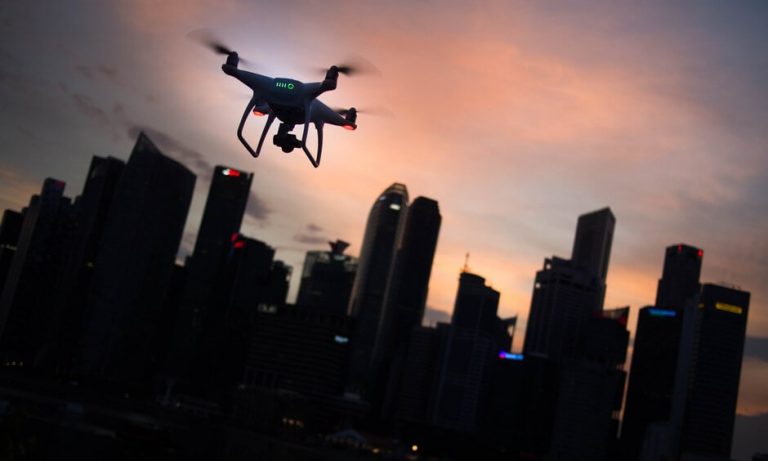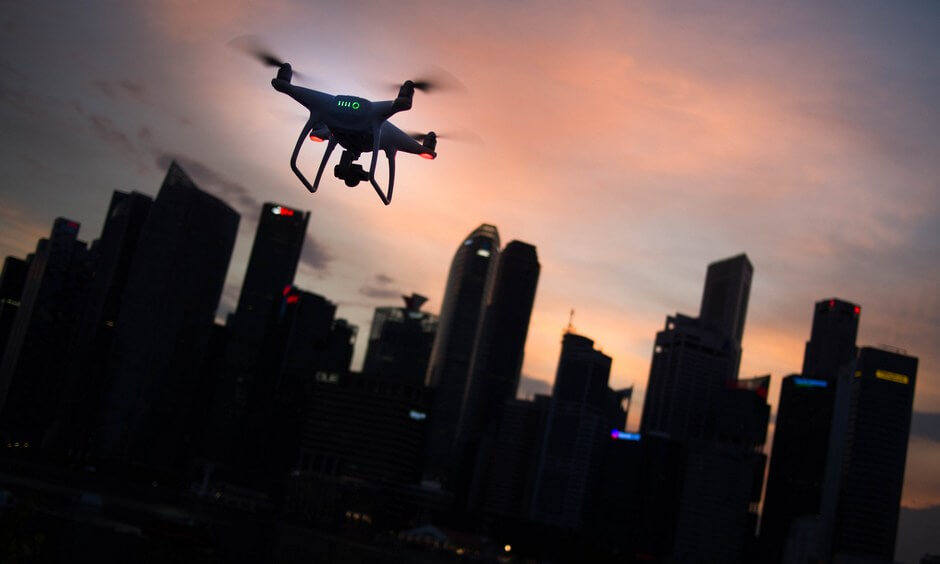Five Reasons Why You Keep Crashing Your Drone

Crashing a drone is inevitable. Novice pilots have much to learn before they’re able to confidently take flight and marvel at the exquisite manoeuvres they’re able to pull off. However, before you show off your aerial skills, you’ll need to get the basics down cold.
It’s also worth remembering that even seasoned drone pilots may just encounter those slow-motion moments, watching helplessly as their drone hits falls to the ground.
Now, experienced drone services in Dubai – like those offered by Sky Vision – understand how to retain optimal control of drones in flight, avoid collisions, and touch down for a safe and soft landing. However, many hobbyists grapple with the controls and face a steep learning curl before confidently taking to the air.
Like anything else, the more you know, the better you are. So, with that in mind, and in the spirit of sharing our knowledge with pilots determined to take to the sky confidently, here are five reasons why you keep crashing your drones. Be sure to read them all, you may just discover the reason why you’ve suffered so many broken propellers and frustrating repair expenses!
Keeping Your Eyes Fixed on the Control Screen
Control screens are awesome – a feat of technological innovation to rival any in the digital age. However, there are occasions when they can hinder a successful flight.
Now, as much as we love the displays, immersing pilots in what can only be described as a feeling close to playing console video games as a youngster, keeping your eyes fixed on a control neglects one fundamental aspect of a flight, namely keeping your eyes on the drone itself.
This can be circumvented by using an FPV racing drone with Fat Shark goggles, but most novice pilots don’t tend to use such equipment, concentrating on learning how to control their drone’s mid-flight.
The purpose of a screen is to provide pilots with information on the surrounding environment, but surely our eyes are better, right? Keeping an eye on your drone means that pilots can control their surroundings better, adjusting flight paths – before it’s too late!
Not Using Automatic Flight Mode Carefully
Automatic flight modes should be used astutely. Whereas using auto launching and landing shouldn’t be discouraged, especially for pilots with limited experience, there’s one fact that pilots ignore at their own peril – auto flight modes means that they are not flying their drones.
Auto flight modes do provide pilots with vital data or the quality of the photos or videos captured – something that drone companies in will use to improve the quality of their footage – but relying on auto flight modes too much can diminish your continuing aptitude as a pilot.
Moreover, before selecting auto flight mode, it’s important that your launch site and general is free of hazards. Buildings, natural structures, even tree branches are enemies of propellers. Set auto flight mode and you won’t be able to navigate away from hazards manually.
Insufficient GPS Connection
Drones are renowned for combining a wealth of technological innovation into one vehicle. GPS guidance is just one element of this. Without GPS intended flight guidance will be a mite tricky to say the least.
When it comes to piloting drones, accuracy and precision is the name of the game. Regardless of whether you’re a hobbyist experimenting with aerial photography or a professional drone service in the UAE, like Sky Vision, able to craft immersive videos or complete detailed surveying, an insufficient GPS connection will hinder flight success.
Drones are designed to connect to multiple satellites for ease of flight. Without a stable connection, you may just find your drone drifting across the landscape never to be seen or heard from again.
Neglecting the Pre-Flight Check-Up
This one is a no-brainer, but in the interest of being thorough, it should be mentioned. Preparation is key to success. This is true of almost every endeavour and piloting a drone, regardless of your experience, is no different. Seasoned drone companies like Sky Vision understand this.
Flying a drone is exciting. But it’s not so exciting that pilots should neglect their pre-flight check-ups. Completing a visual inspection, checking command responsiveness – even understanding the forecasted climate and scouted location are paramount. Then there’s knowing the flight path, formatting memory cards, inspecting the gimbal and making sure that it supports your camera (if taking pictures or videos) and charging the batteries.
There’s myriad of checks to perform. If you’re still unconvinced that you need to be ultra-meticulous then consider this: neglecting one check could result in a catastrophic crash.
Not Considering the Weather
As beautiful as it is basking in the warm climate, the Middle East isn’t immune from adverse weather conditions. Sand and rainstorms are not uncommon, even in chic urban areas, often dampening or quashing drone pilot’s opportunities to take to the sky.
Of course, no one can control the weather, but we can plan for it if we know what’s heading our way. As any learned drone service in the UAE or worldwide will tell you, when you plan to take flight is just as important as where you launch from.
When planning a flight, make sure to check the weather forecast for at least a couple of days prior to the flight. Understanding weather patterns and being aware of any potential changes on the horizon can save pilots to hassle and annoyance of having to cancel a flight at the last minute, or heaven forbid, getting caught in a storm and losing control of the drone and watching as it plummets to the ground.
So, these are five of the more common reasons why pilots endure drone crashes. They may seem simple but by showing a little awareness and understanding the threats, you could save yourself a lot of heartache and money by not picking up a shattered drone from the ground.
